![8 Common Mistakes in the Wilderness [+Expert Tips to Avoid Them] 8 Common Mistakes in the Wilderness [+Expert Tips to Avoid Them]](https://survival-kompass.de/img/artikel/8-haeufige-fehler-wildnis-expertentipps-vermeidung-1.jpg)
8 Common Mistakes in the Wilderness [+Expert Tips to Avoid Them]
👉 The key facts from this guide
- Mistake No. 1: Lack of information and preparation. It is important to adequately inform and prepare oneself before a survival scenario.
- Mistake No. 2: Lack of shelter. Shelter is essential to provide protection from the elements. It is significant to know how to build a shelter from natural materials.
- Mistake No. 3: Wrong risk assessment. Even seemingly harmless activities can quickly become dangerous if unforeseen circumstances arise.
- Mistake No. 4: Lack of navigation options. It is essential to be able to navigate in the wilderness, even without technical aids.
- Mistake No. 5: Wrong clothing. The right clothing is crucial to protect oneself from the elements. It is advisable to always wear one layer more than one thinks is needed.
- Mistake No. 6: Inability to start a fire. Fire is an essential survival tool that provides warmth, cooks food, and serves as a signal.
- Mistake No. 7: No drinkable water. Water is vital to life, so it is important to know how to find and purify water in the wilderness.
- Mistake No. 8: No way to attract attention. In an emergency, it is critical to be able to attract attention and signal for help.
In a survival scenario, it is especially important to rely on your own abilities.
I often notice that even the smallest mistakes can have big negative consequences. You can quickly find yourself in very dangerous situations from which it's not easy to get out.
However, it's not always easy to identify your own mistakes and do better.
That's why in this article, I've listed 8 common sources of errors that you should be aware of.
You'll also find useful expert tips on how to do better. So, enjoy!
8 mistakes that can have serious consequences
In most cases, we are convinced that we know everything, can do everything, and that "nothing will happen to us anyway".
Unfortunately, we are often wrong and overestimate ourselves (immensely), even thinking we are invincible.
Don't get me wrong, this is not meant as an accusation, as I too am familiar with this problem.
Over time, I learn new things, practice, and get better: this applies to crisis preparedness or other survival activities as well. You quickly get used to it and think your own routine is flawless and absolutely foolproof.
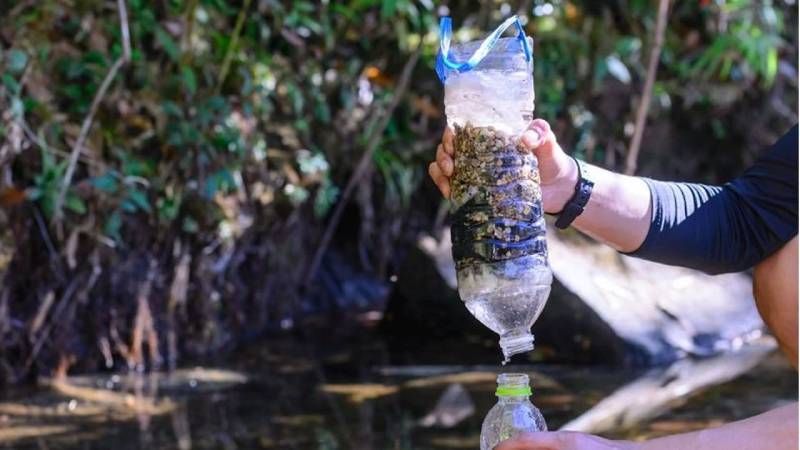
However, there can always be situations that take you out of your comfort zone and may even make you lose your nerve - and this is where most mistakes happen!
Therefore, it's advisable to remember the deficiencies mentioned in the text and take the expert tips to heart, maybe even incorporate them into your routine.
But now, without further ado, here are the eight sources of errors that you should always keep in mind.
Mistake #1: You are not informed enough
If you have already looked around my blog a bit, you will have noticed that in many articles, I highlight one aspect in particular: preparation.
Many people find themselves in survival scenarios, without even having a clue about what to do, let alone how to survive long-term.
Nature can be unpredictable, which is why preparation for the worst is essential.
It is so easy in our modern society to find information that could help you.

The internet is full of blogs, articles, and guides that can provide you with useful knowledge.
You should at least know something about the following before you plunge into a survival scenario:
- How do I build a shelter? (Read more here)
- How do I make contact with other people?
- What can I eat and where can I find it? (Read more here)
- How do I start and maintain a fire? (Read more here)
- Where can I find water and how do I make it usable? (Read more here)
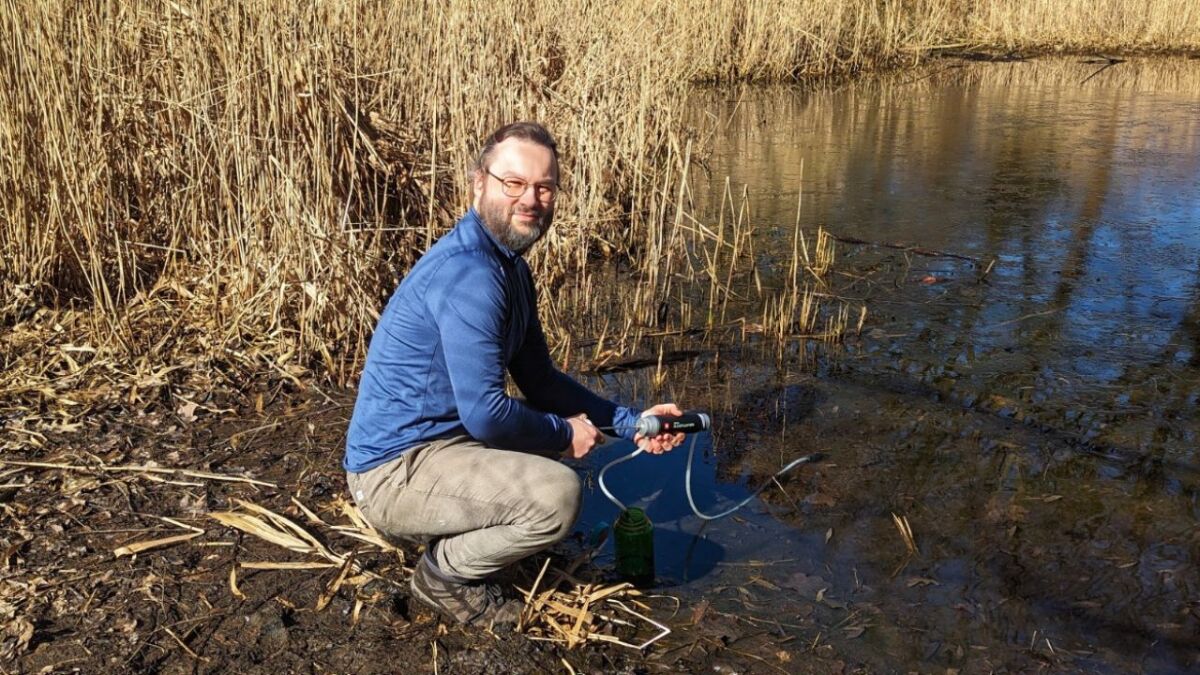
You should also know the so-called "rule of threes" and understand its meaning.
You can survive in an emergency scenario:
- 3 minutes without oxygen
- 3 hours without shelter in extreme weather conditions
- 3 days without water
- 3 weeks without food
Although this rule is not a law or anything like that, it can help you prioritize properly.
If you want to know more about the rule of threes, read my guide "The Survival Rule of Threes - Solid Construct or Not Sensible?".
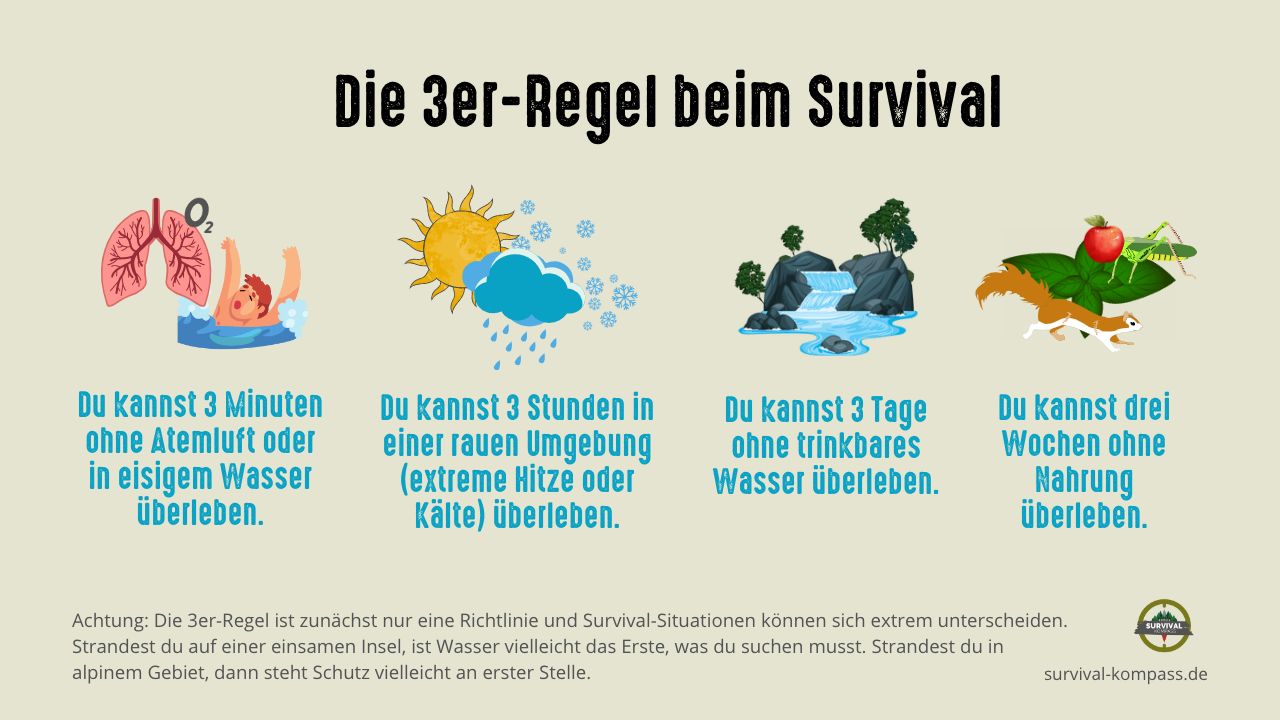
Mistake #2: You have no shelter
Yes, I know: We survival experts are all tough, unshakable, and capable of enduring extreme weather conditions for several hours, even without shelter!
Well, enough jokes – you're not necessarily doomed if you don't immediately find somewhere to stay, but you may be far from safe under certain circumstances.
This source of error can be divided into two parts: you have nothing with you that you can use as protection, and you are not able to use materials from the wild to build a shelter.
The fact is: These knowledge gaps can be deadly.
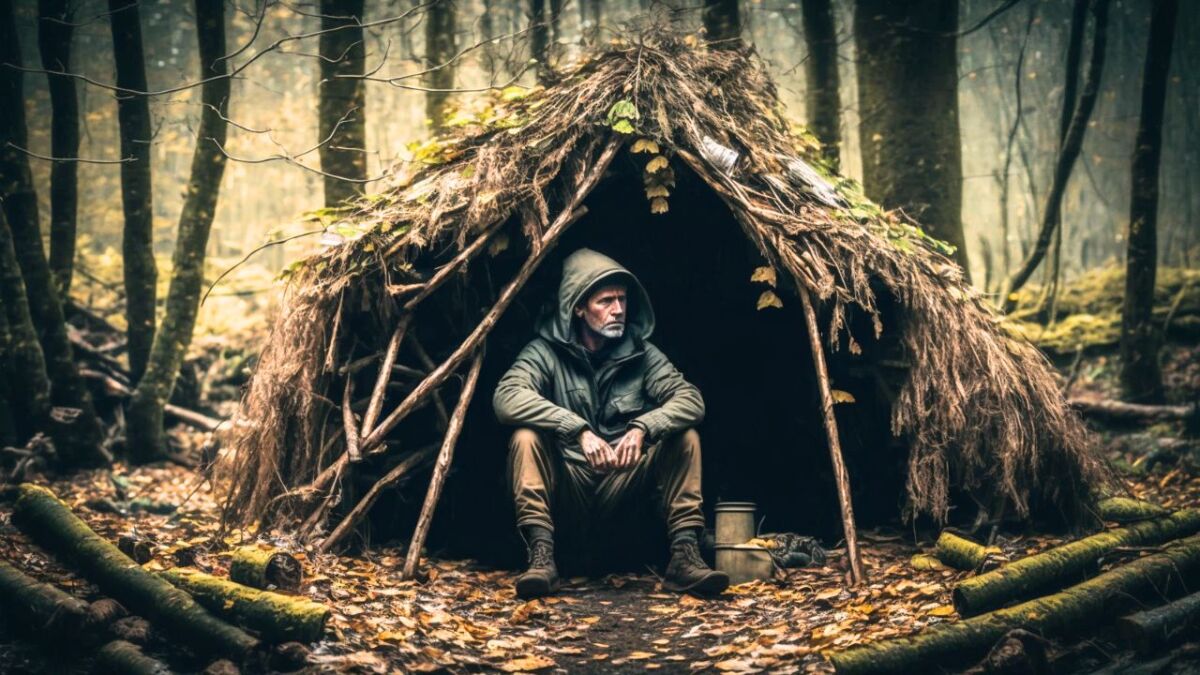
You wouldn't believe how quickly you can fall victim to the elements if you find yourself in the wilderness without shelter.
Whether extreme cold or heat, unfortunately, we humans are not protected against either factor by thick fur or a natural heating system. So you have to deal with the issue in advance.
My basic expert tip:
If you are in the wilderness and don't know how to build a shelter from the resources nature provides, it is essential to take precautions.
One of the most important measures is to make sure you always have a tent, tarp or sleeping bag with you when you go hiking.
If you don't have any of these things with you, things can quickly become critical and you could feel exposed to the elements.
A tent, tarp or sleeping bag can protect you from rain, wind and cold and provide you with a safe place to sleep. Always remember that safety is top priority when you're out in the wilderness.
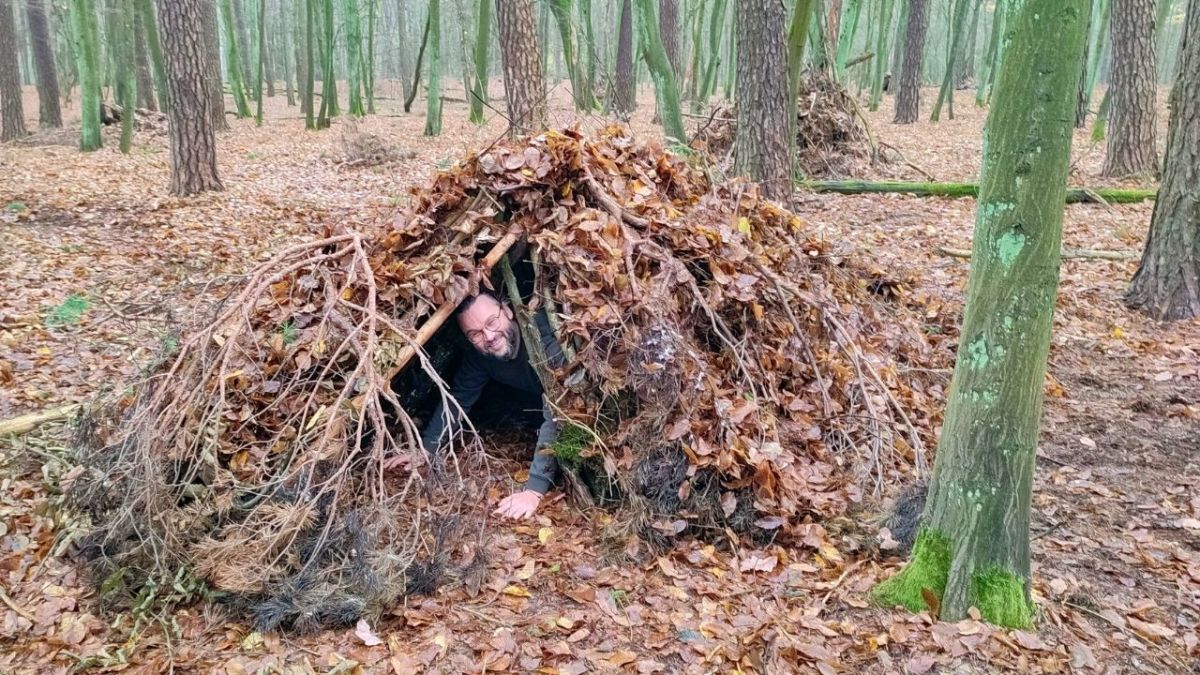
My expert tips for building a shelter:
Whether you can use your brought materials or not – be sure to follow the following tips so that you stay safe in the long run:
- Your shelter should be dry. So it shouldn't rain inside and you shouldn't settle on soaked ground.
- Minimize environmental hazards. So don't get the idea of settling under brittle branches or in seemingly dried-up river beds or depressions. You don't want to be crushed or washed away.
- Use roots and stable plants to your advantage. In many cases, roots or vines are so stable that you can easily use them to tie different materials together. A strong shelter requires strong support.
- Insulate the ground you lie on. If you lie down on too cold ground, you will cool down quickly, primarily while sleeping. So always ensure some form of insulation between you and the ground. You can use dry grass, dried leaves, needles, twigs, hay, or even a sleeping pad.
- Be particularly attentive in caves. Caves are very tempting, they offer protection and warmth. However, be aware that other animals may have had the same idea as you. In small caves, oxygen can also be depleted if you light a fire there.
- Look out for natural resources. Large boulders or fallen trees (More about the danger of fallen trees) can be a good basis for building a shelter. If you use them appropriately, you save time and energy.
Also read
How to Build a Bushcraft Shelter [Instructions] – With a bushcraft shelter, you can build a shelter that protects you from rain, wind, cold, and sun. Learn the most important basics now.
Mistake #3: You misjudge the risk
At the beginning, I already mentioned overconfidence. The same applies to potential risks that are often misjudged.
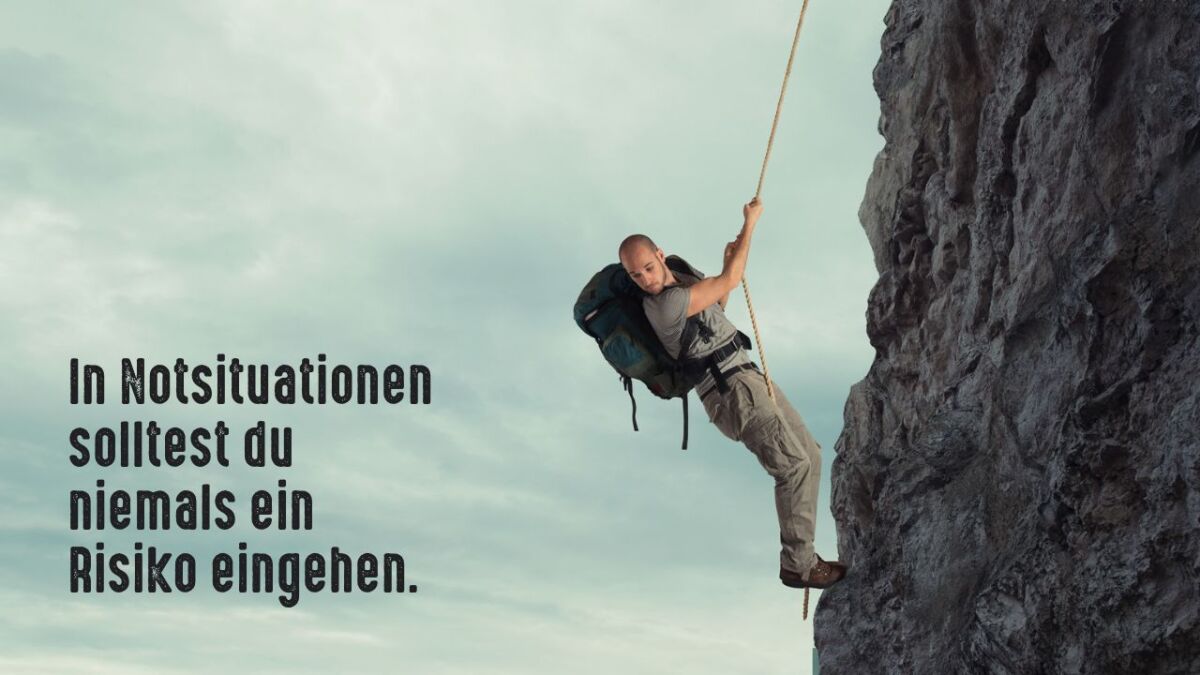
An angling trip here, a little mountain biking there, a few days camping – all sounds quite harmless and peaceful, right?
Basically yes, but such ventures can quickly become bitter reality.
Good preparation is the key to survival.
Whether it is an unexpected storm that cuts you off from civilization or an accident that hinders your progress, always be prepared for the unforeseeable and calculate corresponding risks.
Neglecting preparation will only bring you disadvantages and in the worst case even death (especially in countries without civilization nearby).
My expert tip on risks and preparation:
Basically, you should prepare for every outdoor trip as you would for a vacation or a long journey.
Make a list of items you might need and the things you need to do in advance.
Inform relatives or good friends about where you will be in the near future.
Make sure you have checked the following before you set off:
- Make a list of all the items you need or might need.
- Check all your equipment for condition and functionality. Replace certain items if necessary.
- Familiarize yourself with the surroundings and weather conditions. Look at a map or satellite images and start orienting yourself now. Find out if and what extreme weather conditions can occur in this area.
- Leave a travel plan with all the necessary information to locate and contact you in case of an emergency – especially your likely location and current mobile number.
- Plan for the unexpected – even in particularly idyllic and hot summer months, storms can occur. So bring clothing for different weather conditions.
- Think of a few scenarios that could happen. Then make rough plans on how to react in case of emergency and what to do.
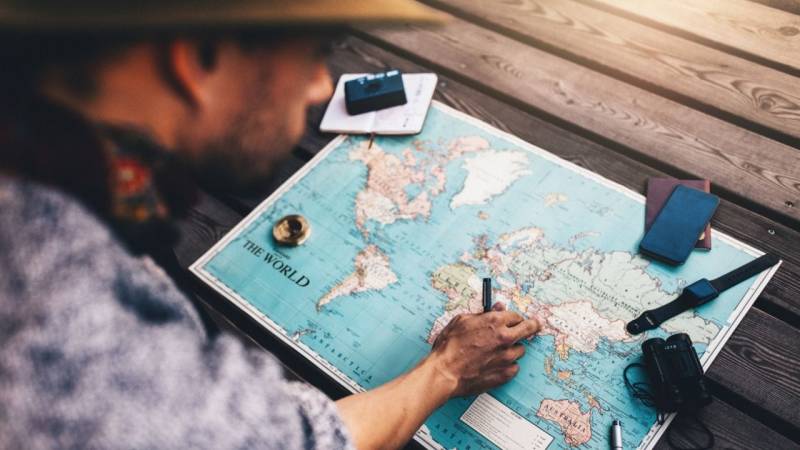
Mistake #4: You lack navigation options
Are you good at orienting yourself in the wilderness? Perhaps.
Do you recognize every stick and stone that you passed on your last forest walk? Probably not.
Believe it or not, even the most experienced survival specialist can get lost in the woods and lose their orientation if they are not careful enough.
The problem: Even a simple walk in the woods can end in a catastrophe if you get lost in the depths of the wilderness and can't find your way back.
Although I don't assume that you embark on a survival adventure completely without orientation options such as GPS, map, or compass, you should always have a backup.
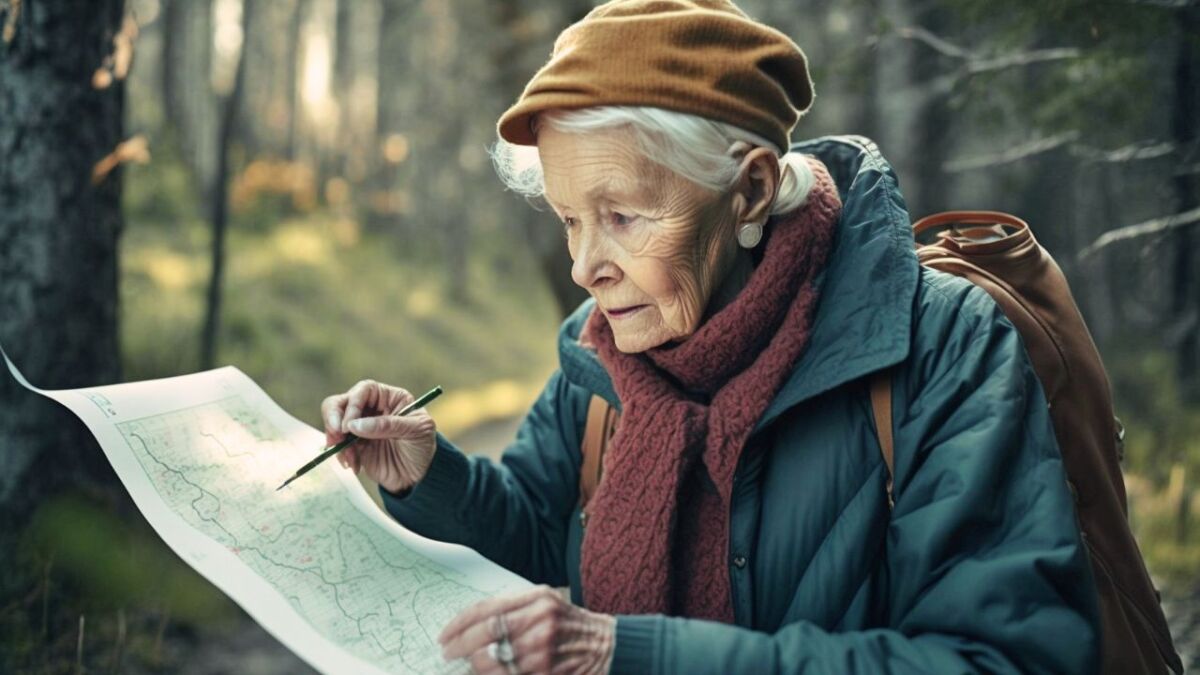
Never rely solely on your GPS, just a map, or just your compass, but keep alternative options open.
By that, I also mean that you should at least master the basics of navigation, for example, by using the stars.
There may be situations where you have no technology or navigation instruments available, for example, after a plane crash or a boating accident.
I have an extensive article on this: "Navigation and Orientation without a Compass - These 11 Methods Let You Determine the Cardinal Directions Safely".
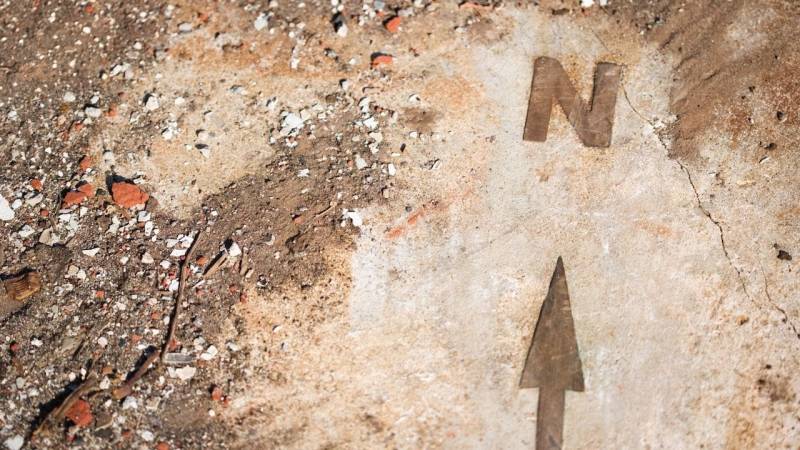
My expert tips for navigation:
- Never rely solely on technology. Always carry classic navigation instruments like a map and a compass with you.
- Learn how to orient yourself with only a map and compass before embarking on your adventure.
- Use the map to scout the area before leaving. Remember important and prominent landmarks to orient yourself even if your GPS fails.
- Learn to use celestial bodies for navigation.
- Use devices to measure distances/pedometers and find your double step count. This way you can better estimate and measure distances.
- Learn to orient yourself without a compass. You can find out how this works in my related article: Navigation without a compass - these 11 methods will help you.
Mistake #5: You have the wrong clothing with you
In general, you should always remember to wear and carry a little more clothing than you need for the current weather situation.
So always wear one "layer" of clothing more than you think is necessary at the beginning. You can still take off and stow away too much clothing if necessary.
On the other hand, if you wear too little clothing on your body and with you, things can turn out badly for you.
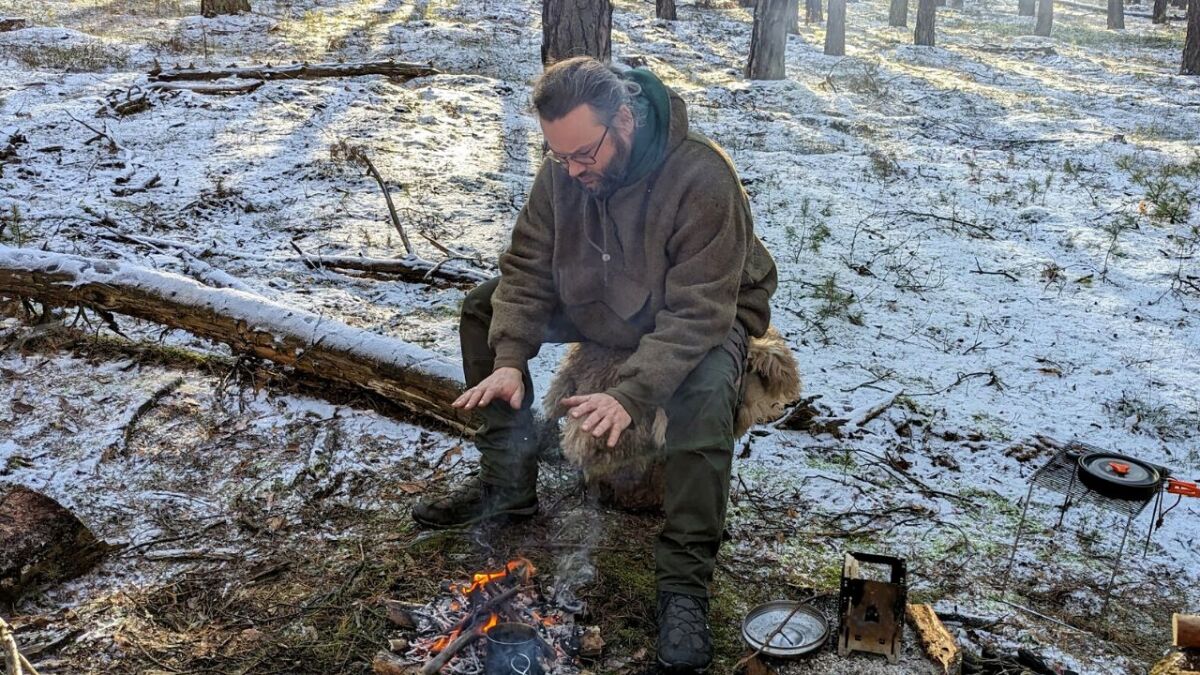
There is hardly anything worse than being in a cold environment and knowing that you don't have enough clothing with you to keep warm.
Also, make sure to wear waterproof clothing. Ideally, this will keep you warm even when wearing it in continuous rain.
Furthermore, you should carry at least one pair of snow pants or a jacket with you - especially in colder seasons. Especially at night, you get colder faster than you think.
My expert tips for proper clothing:
- Never neglect the importance of spare clothing, always carry it with you.
- Store spare clothing in a waterproof bag.
- If you are in a cold environment, wear wool clothing and warming synthetic fabrics. Unlike simple cotton, these fabrics trap body heat better and keep moisture away.
- Wear multiple layers of clothing in cold weather.
Also read
The big guide: What clothing to wear for survival training and bushcrafting? - The right clothing can mean the difference between life and death in survival situations. In this guide, we cover what you should wear outdoors.
Mistake #6: You don't know how to start a fire!
The warmth and heat that a fire produces are more taken for granted than ever before.
Without fire, our ancestors would never have made it to a colder continent and would still be living in the warm Mediterranean today.
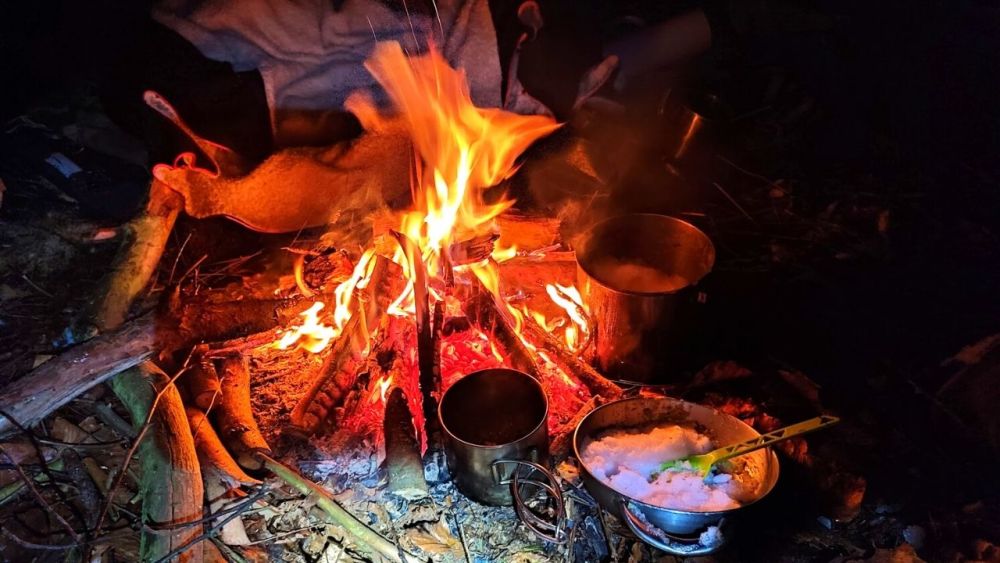
Today, there are countless tools that can light a fire for us, but this is different in survival scenarios.
A fire fulfills many important tasks.
- Warmth and protection: A fire provides warmth and can serve as protection against the cold.
- Cooking and water treatment: With a fire, you can boil water to make it drinkable, and you can cook on it to warm or cook your food.
- Light: A fire can serve as a source of light at night.
- Defense against animals: A fire can deter animals like bears or wolves that approach your camp.
- Signaling: A fire can serve as a signal for rescue crews or other nearby persons.
- Drying clothing: A fire can be used to dry clothing or equipment that has become wet from rain or other moisture.
- Pest control: A fire can help deter pests such as mosquitoes or other insects.
- Mood: A fire can create a pleasant atmosphere and contribute to a feeling of comfort.
- Charcoal production: A fire can be used to produce charcoal for use in water filters or as fuel.
- Cleaning: A fire can be used to clean tools or equipment that are dirty or covered in dirt or rust.
Since you may not always have access to a lighter or matches in the wilderness, you should at least have a rough idea of how to start a fire without tools - just like our ancestors.
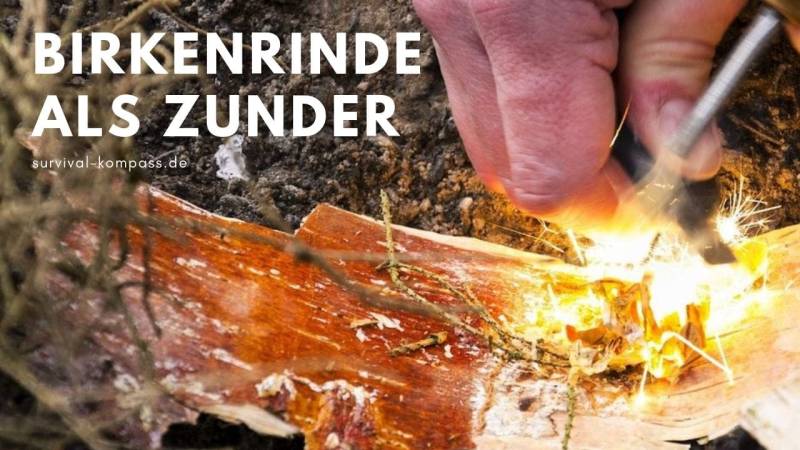
My expert tips on fire:
- Never venture into the wilderness without at least one way of starting a fire. Carry at least one lighter and/or matches with you, and don't rely on the options that Mother Nature provides.
- Remember that you need three things for a fire: fire, fuel, and oxygen.
- Keep your fireplace as dry as possible. Especially when you're just starting the fire, you rely on dry tinder.
- Use the driest, thinnest, and most flammable material you can find as tinder (Find many types of tinder here). Next, add a few sticks no bigger than your finger. The actual "fuel" is additional fuel that you add over time.
- Wood that is not completely soaked can be used. Remove the outer layer, and the inner layers are usually still relatively dry.
- Mushrooms (like the chaga mushroom) and punk wood are not good fuel, but they smolder excellently. You can create an ember with them or make sure it doesn't go out.
If you're not sure what punk wood is, how to find it and use it, check out this article in my blog: What is punk wood? Where to find it? How to collect it? As tinder?.
Mistake #7: You don't have drinkable water with you
We all probably know that as humans, we can't survive without water for too long.
Therefore, we must ensure that we are constantly supplied with drinking water in the wilderness.
The problem in this situation is that we can never be completely sure that the water is clean, germ-free, and suitable for us.
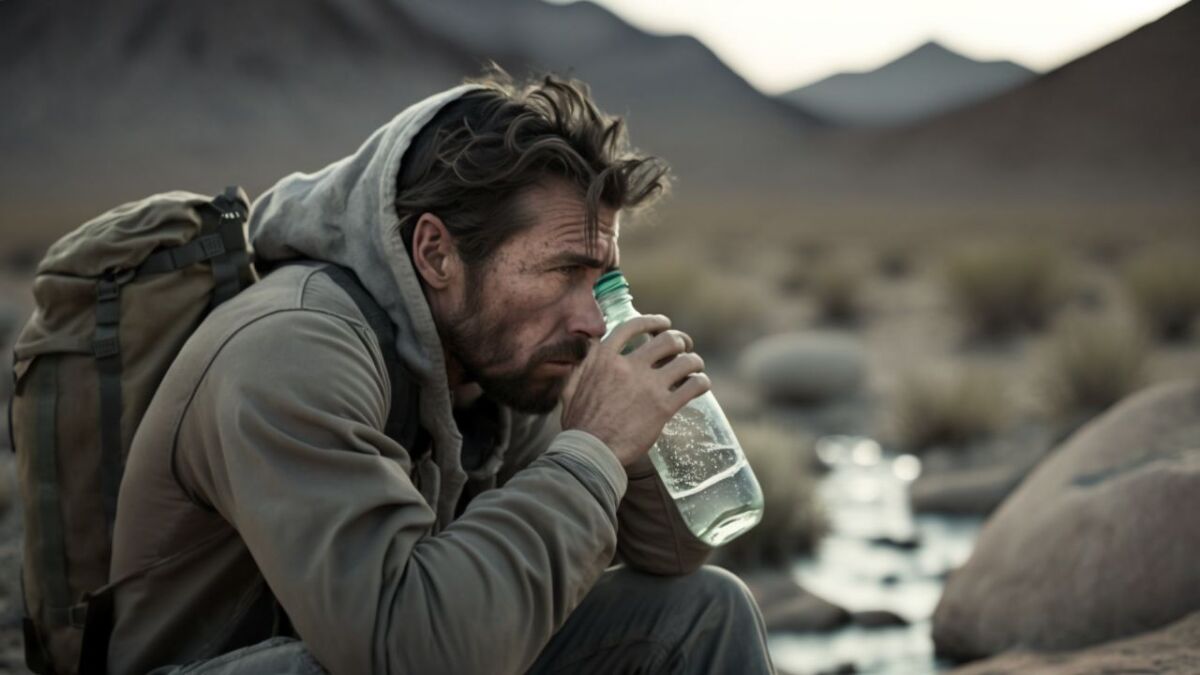
Certain germs in the water can cause severe diarrhea and vomiting, which only worsens the situation.
The body loses more and more fluid and begins to dehydrate. You are no longer able to perform all the activities necessary for survival. Apart from that, you won't survive for too long without water, as you know.
Once your water supply runs out, you must be able to refill it - with the water available to you in the wild.
Learn how to purify, clean, remove certain germs, and make water drinkable. You have many options, whether it's tablets, boiling water, purifying saltwater (Find 5 ways to purify saltwater here) or others.
You can find important tips on how to locate, treat, and make water drinkable in this article: Find, Collect, Filter and Make Drinking Water.
My expert tips for finding water:
- Use cotton shirts to collect morning dew. Rub it over plants so that all water is absorbed. Then wring the shirt over a container.
- Take a plastic bag, put it over a leafy branch, and seal it well. The leaves release water through transpiration, which will collect in the bag. Here you'll find the entire guide.
- Certain vines and roots release water when cut open. Use this as a water source.
- If you find moist soil, dig a small hole there. It's possible that the water will flow into it, like into a spring.
- A dried riverbed doesn't always have to be completely dry. Look for deep spots where water accumulates.
My expert tips for filtering water:
- You can use socks, t-shirts or headbands to filter water. They will at least catch larger debris in the water.
- Dig a hole right next to a water source and allow the water to flow through the soil in between. The soil will act as a filter for larger pieces of debris. The water should not have a musty odor.
- Make your own filter from a water bottle filled with charcoal, sand and stones. Here you can find the instructions.
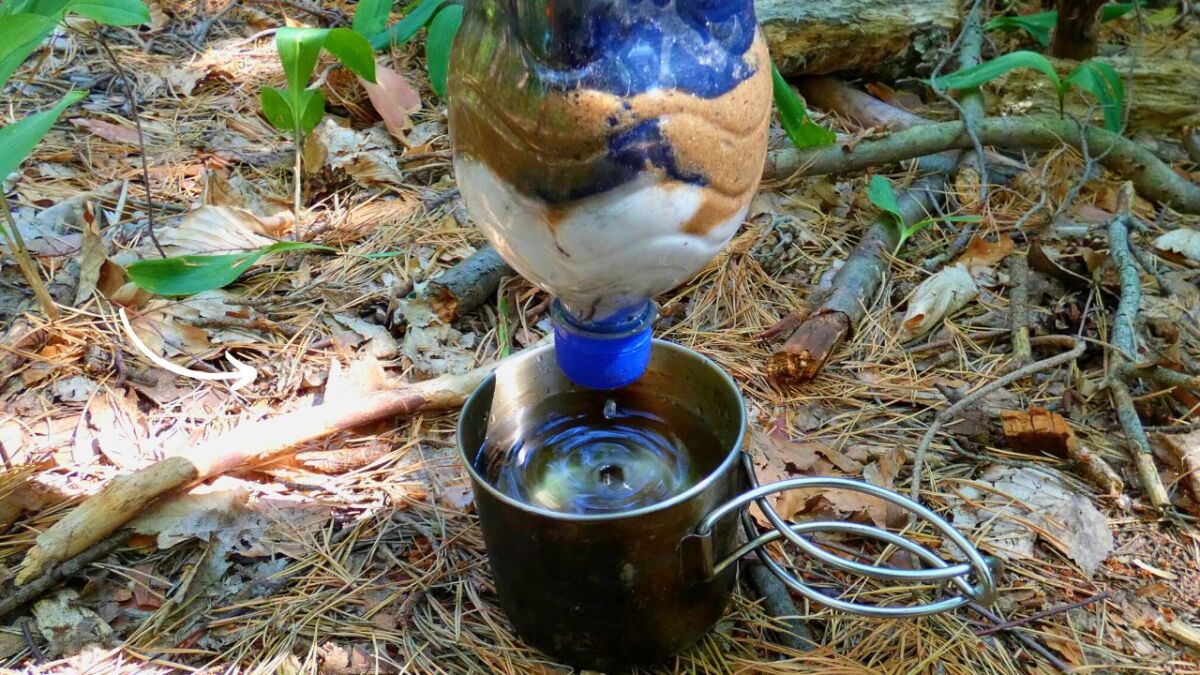
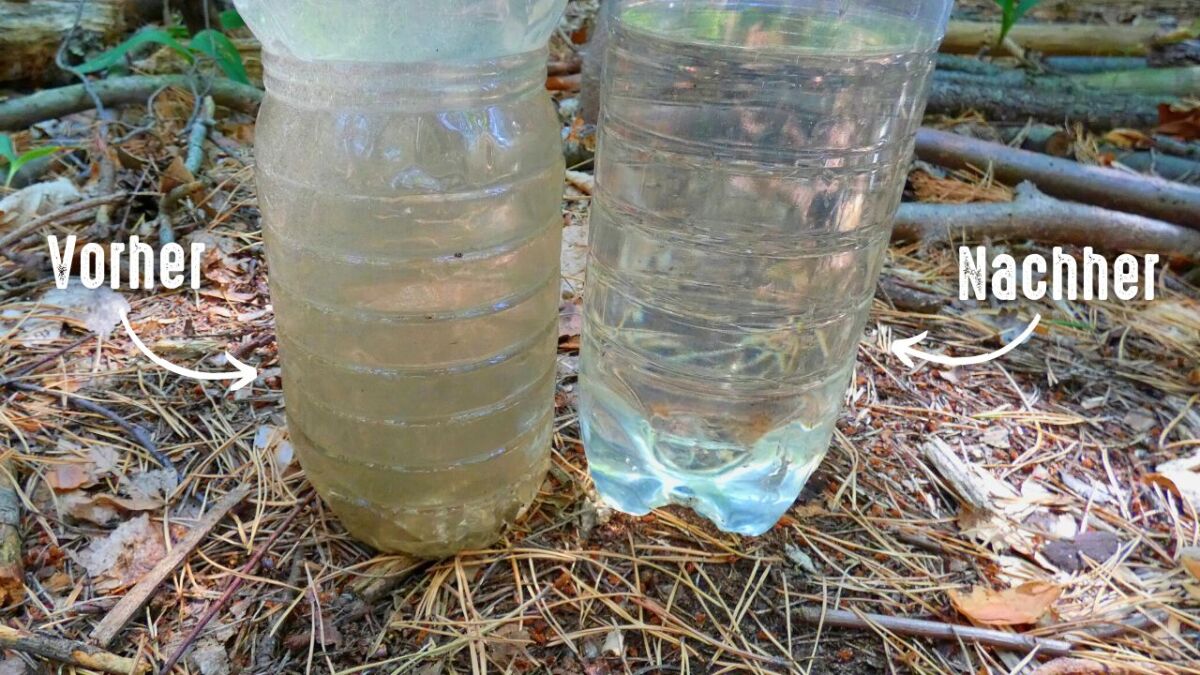
Mistake #8: You have no way of attracting attention
Imagine yourself in the middle of the wilderness, injured, lost, or in some other kind of trouble.
Now you're really relying on someone to come and rescue you. But in order for that to happen, you need to make sure someone can find you! If that doesn't work, things can turn out badly for you.
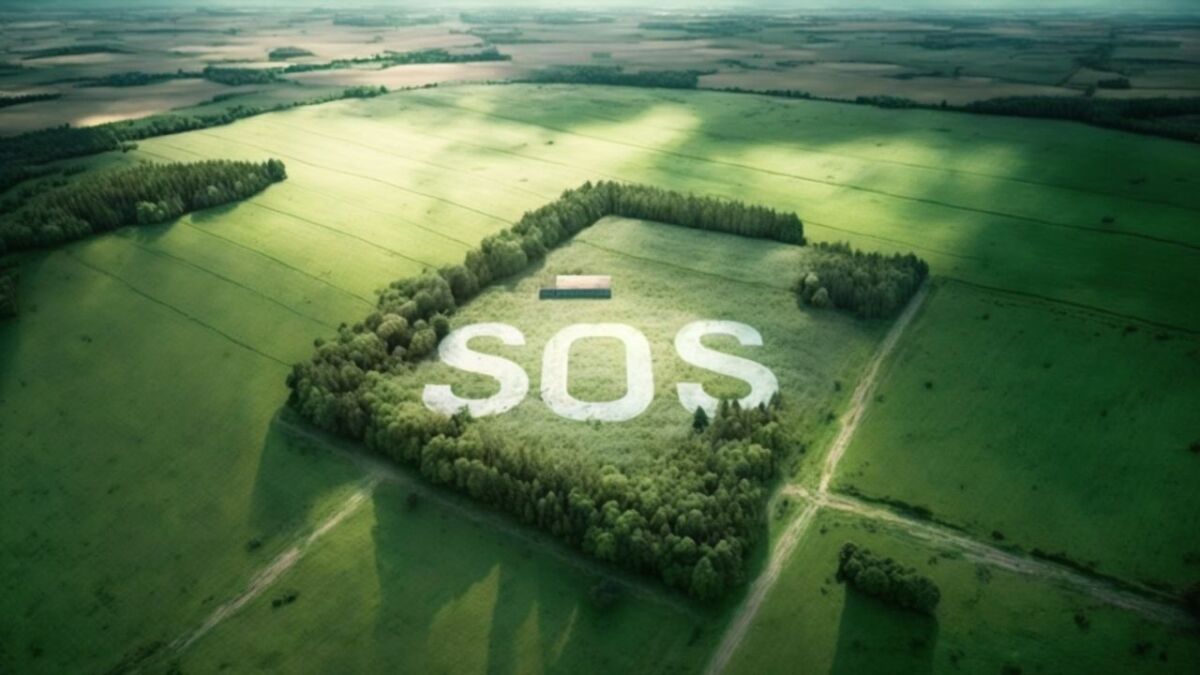
There are many tools you can use to attract attention, such as flashlights, mirrors, whistles or radios.
Clothing with reflective materials can also be very useful. So you can equip yourself with the right tools in advance and avoid getting into trouble in the first place.
Nevertheless, you should learn about ways to attract attention in the wild without using any tools.
My expert tips for emergency signals:
- The international signal for distress is three (successive) signals - three whistles, three signal fires in a row, three large stones or wooden stakes side by side - use this code.
- Use straight lines or formations. Straight lines or formations are rare in nature. If you want to attract attention, use them. You'll get more attention if you set up three large stones in a straight line next to each other, for example.
- Use fire. Fire can be used as a light or smoke signal. So make sure you always have enough fuel available. Green plants produce thick, white smoke when burned, which can be seen from miles away.
Read also
3 primitive signals to attract attention in an emergency - With signals, you can attract attention in an emergency. Learn about the three most important signals you can create without modern tools.
Frequently asked questions
What is the so-called "rule of three"?
The rule of three refers to important information you should know if you find yourself in the middle of a survival scenario.
More precisely, it means the following:
In a survival scenario, you can survive three minutes without oxygen, three hours without shelter in extreme weather conditions, three days without water, and three weeks without food.
But these are not fixed rules.
Every survival scenario and every body is different. Nevertheless, you can use the rule of three as a guideline to orient yourself in survival scenarios and set your priorities. Read more about the rule of three and why it can also be dangerous.
If you find yourself in a very cold environment, for example, you should first make sure you have a warm shelter before thinking about food. In the worst case, you could freeze to death faster than you could die of thirst.
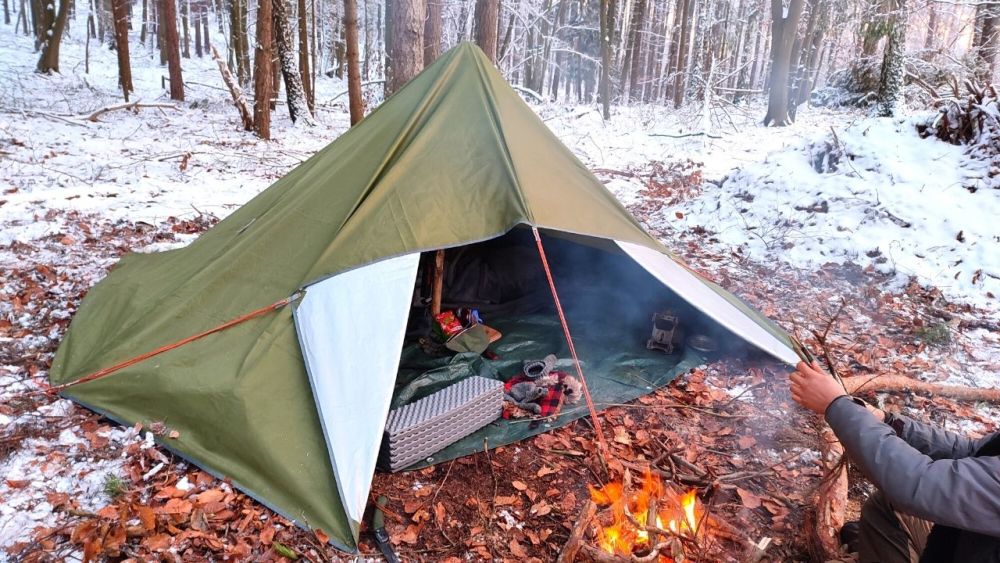
What should I do first in a survival scenario?
If you actually find yourself in an exceptional situation, you must first of all not panic (read more about panic here).
Sort your thoughts and become aware of your current situation. Fear and panic won't help you in this situation, but rather make you unable to act. The clearer you can think, the better!
Next, you should start prioritizing. Mentally return to the rule of three and consider based on it what your next steps should be.
Act quickly, but thoughtfully and make a decision. Because in this situation not making a decision and just waiting can have fatal consequences.

How do I survive in the forest?
You should first ensure that you are protected from dangerous external influences. So first and foremost, take care of building a shelter in which you could survive for a longer period of time.
But: If it's warm outside and you're not expecting bad weather, take care of finding water first.
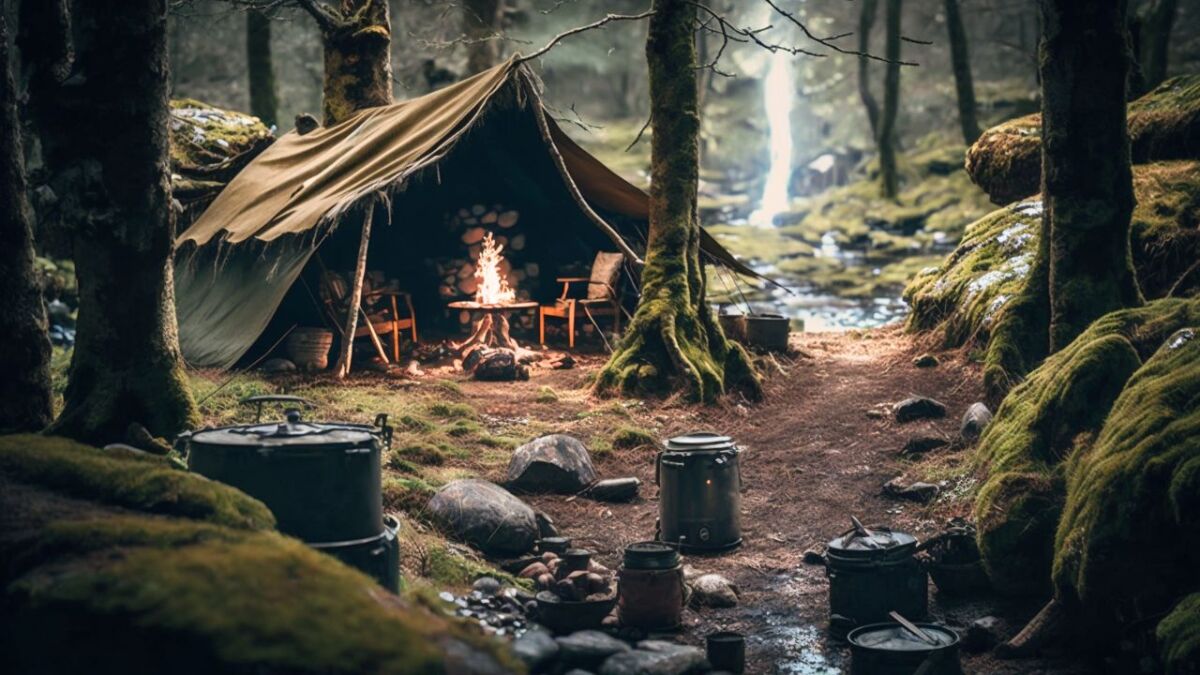
Ideally, you should set up your camp at least 100 meters away from the nearest water source - this way you avoid long and energy-consuming trips.
Next, go on a water search (if not already done) and gather firewood to start a campfire (10 steps to a perfect fire). Prioritize according to the current weather conditions.
If you're in the middle of hot summer months, finding water is clearly the priority.
If you're in the depths of winter, you should quickly start a fire to keep warm. While finding water shouldn't be overlooked, it can wait a bit.
The best water sources in forests are rivers, streams, lakes, and springs.
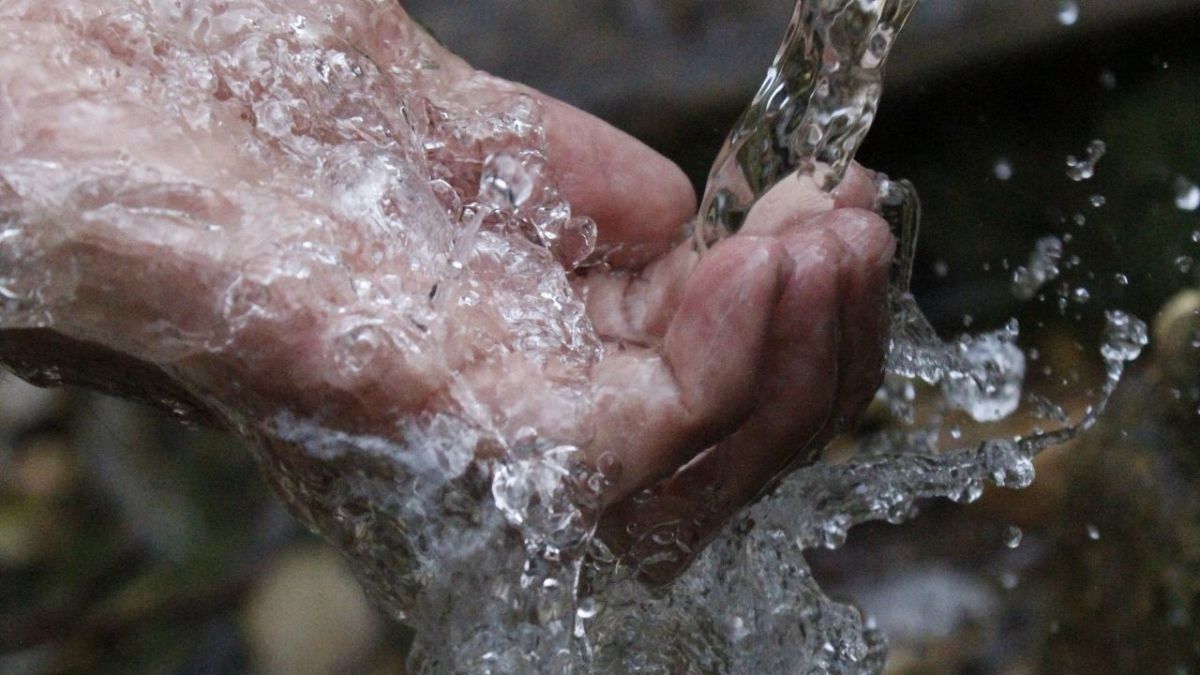
How do I survive in the desert?
To survive in the desert, you must primarily conserve resources. Pay particular attention to the following:
- Conserve energy
- Stay calm
- Find water quickly
- Find shelter
- Keep an eye on your surroundings
Conserving energy can decide between life and death in the desert.
Remember that you lose fluid over time anyway. If you exert yourself too much (unnecessarily) during your activities, you not only lose a lot of energy but also more fluids.
I probably don't need to tell you that in the desert, dehydration is a real threat.

The extreme weather conditions in the desert make it tricky - during the day, the heat is scorching, and at night, it can get very cold.
A shelter that protects you from the sun during the day and from the cold at night is essential in the desert. Also, pay attention to poisonous wildlife that can lurk inconspicuously in the sand.
Read also
Survival in summer: Surviving extreme heat without air conditioning (+ tips for the desert) - It's hot where you are, there's a heat wave, and you don't have air conditioning? Find survival tips here for heat in the city, in the forest, and in the desert.
How to Survive in the Jungle?
In the jungle, there are several challenges that need to be overcome when it comes to survival. Here are some of the biggest:
- Moisture and Rain: The jungle is very humid and rainy, which can make it difficult to stay dry and light a fire.
- Food Procurement: It can be difficult to find enough food, especially if you are not familiar with the local ecosystem and the available plants and animals.
- Climate: The climate in the jungle can be very hot and humid, which can lead to dehydration and illnesses.
- Pests: In the jungle, there are many pests such as mosquitoes, ticks, and spiders that can transmit diseases and be uncomfortable.
- Orientation: It can be difficult to navigate in the dense jungle and find your way back.
- Danger from Wild Animals: In the jungle, there are many wild animals such as snakes, crocodiles, and dangerous mammals that can pose a threat.
Your biggest challenge in the jungle will probably be orientation. You cannot imagine how easy it is to get lost in the depths of some green hell.
Try to move in one direction as much as possible and hike only during the day. Rest and sleep at night. Also, mark the places you have passed regularly.
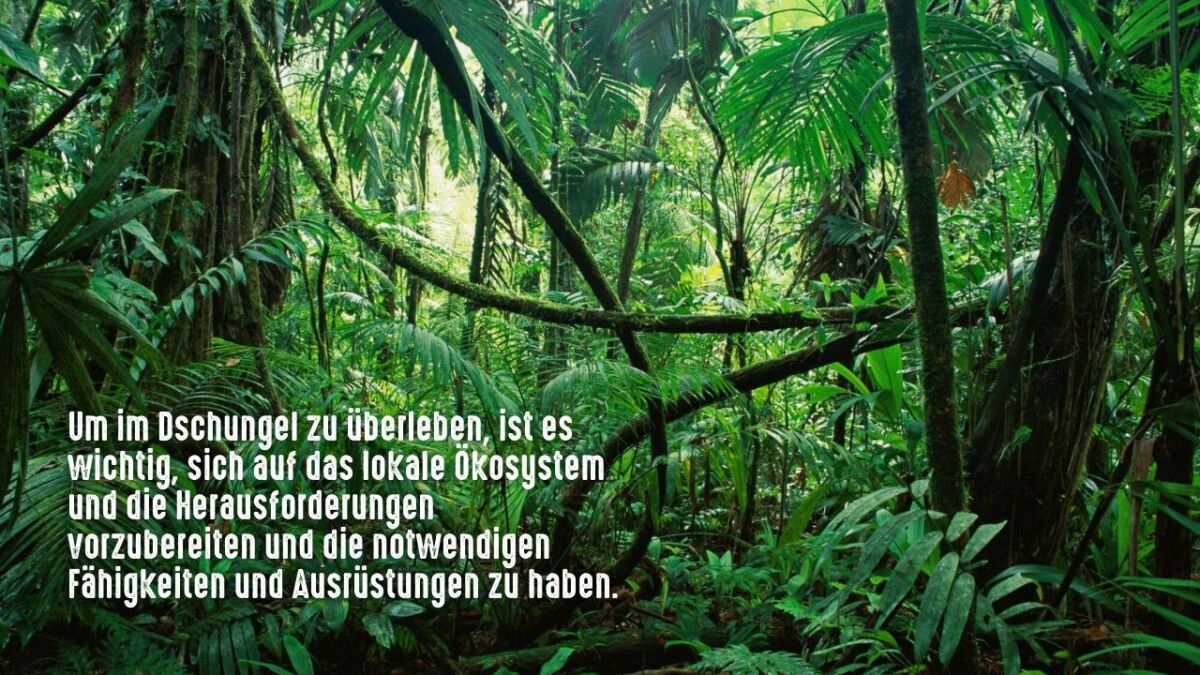
Your shelter should protect you from wild animals in the jungle. In this environment, especially alone, you are not at the top of the food chain.
Also, try to get an overview of whether there are rivers or streams nearby.
If so, follow the river or stream, and at some point along its course, you will likely encounter civilization.
Conclusion: Most Mistakes Stem from Overconfidence and Lack of Preparation
If this article should give you a message, then mainly this one:
Always prepare for the unlikely, learn from the best, and never be careless!
If you have already looked around on my blog a bit, you will have noticed how important I believe it is to be adequately prepared.
But even if you consider yourself a master of your craft, you should never underestimate the primal forces of the wilderness.
No matter how capable and experienced you are, Mother Nature is always capable of challenging you - respect that and find your place among her ranks if you find yourself in a survival scenario.
I hope that this article has helped you a lot and generated value for you so that you now feel prepared and perhaps bring a little more humility to the wilderness.
Thank you for your attention, and I would be happy if you look at more articles on my blog! I can recommend the guide "The Plan for Surviving Three Days in the Wilderness".


Author of the guide
Martin Gebhardt
Hey, I'm Martin. On my blog, you will learn the basics and numerous details about living in the wild. I think survival, bushcraft and the good life in nature are the keys to happiness. Find me here on Instagram or on YouTube. You can find more about my mission on the About Me page.
Was this guide helpful?
33 people found this guide helpful.
5.00 out of 5 points (33 Ratings)
Comments (0)
This post may contain affiliate links. So if you click on the links and make a purchase, I will receive a small commission at no additional cost to you. Click here, to learn more about it.


